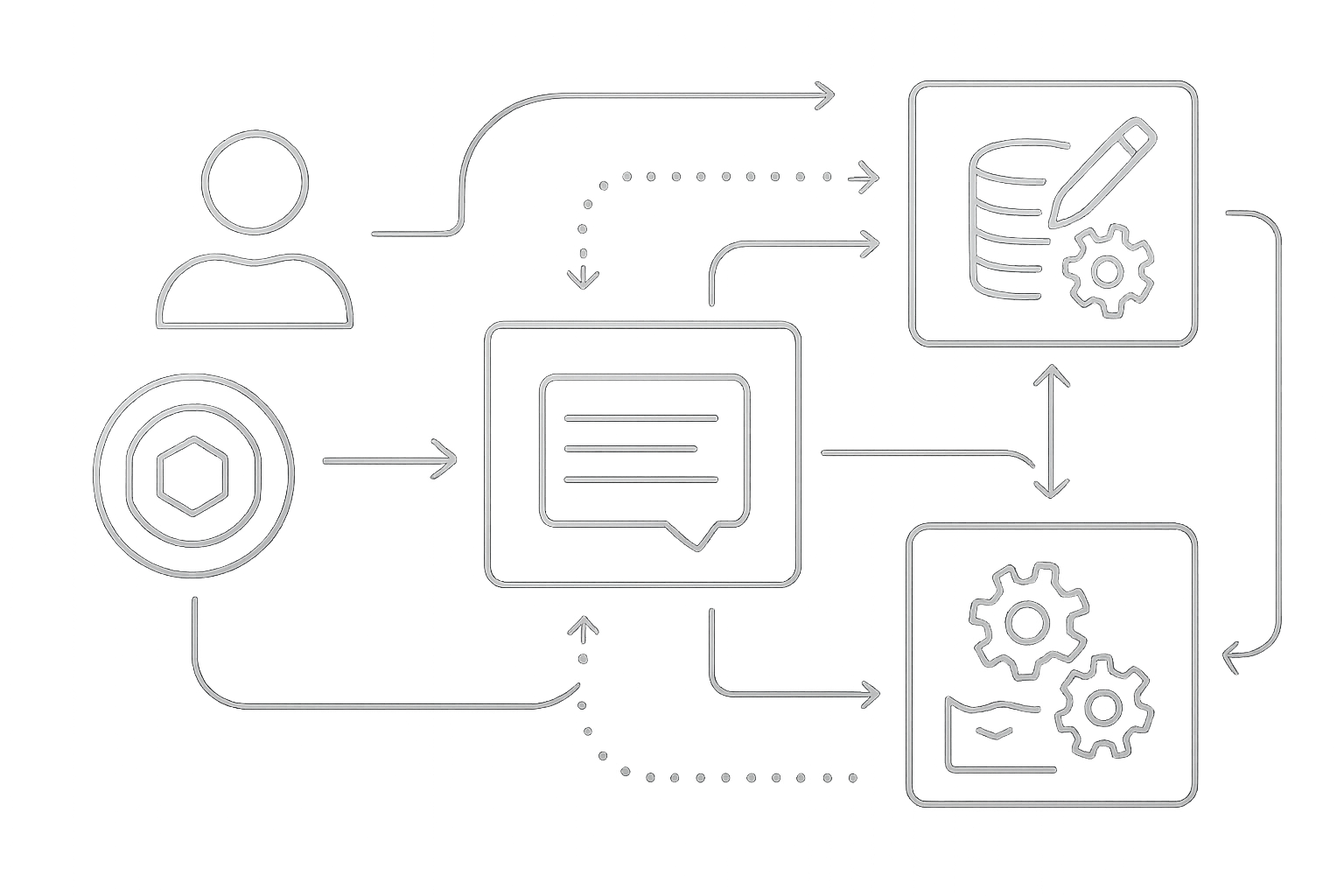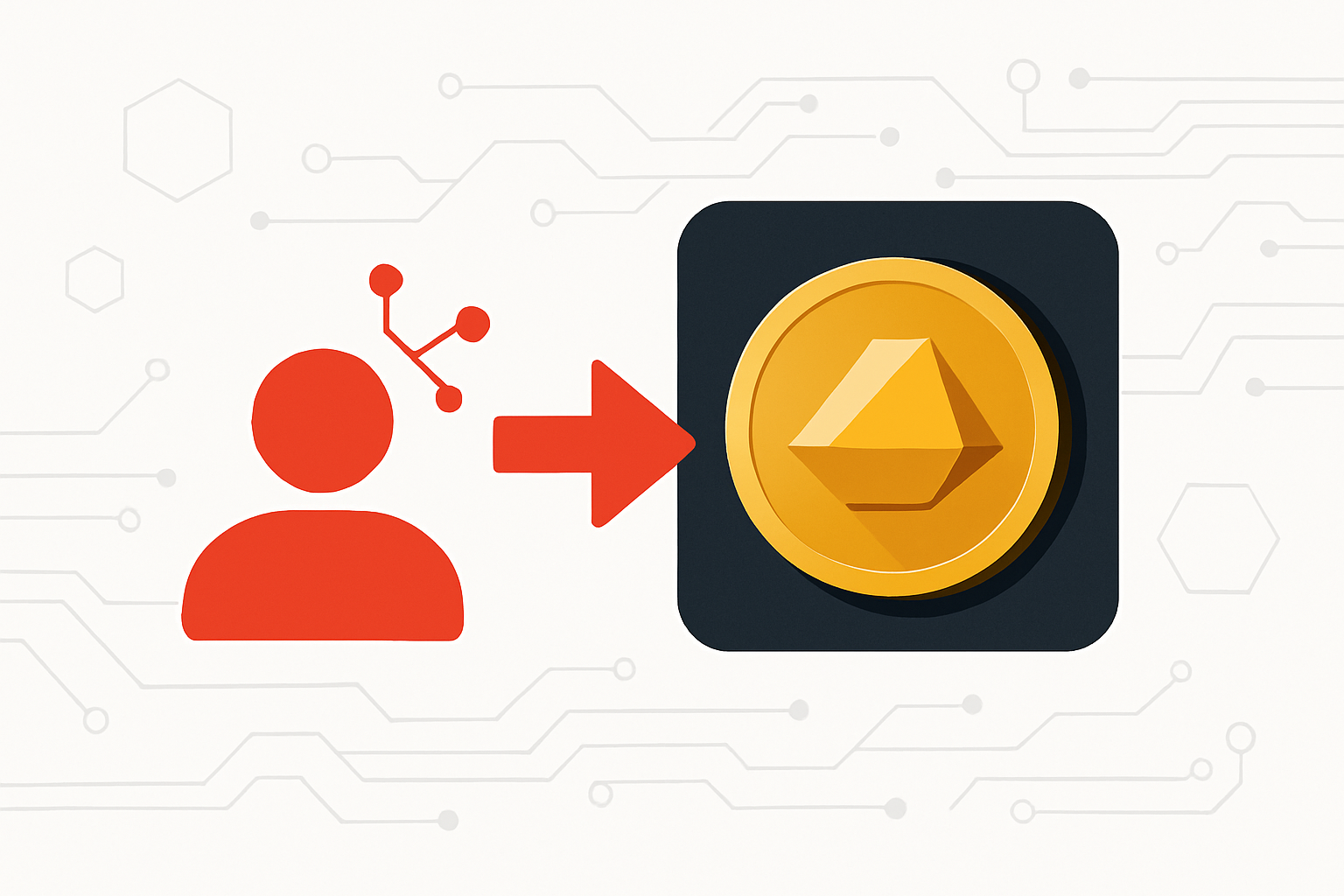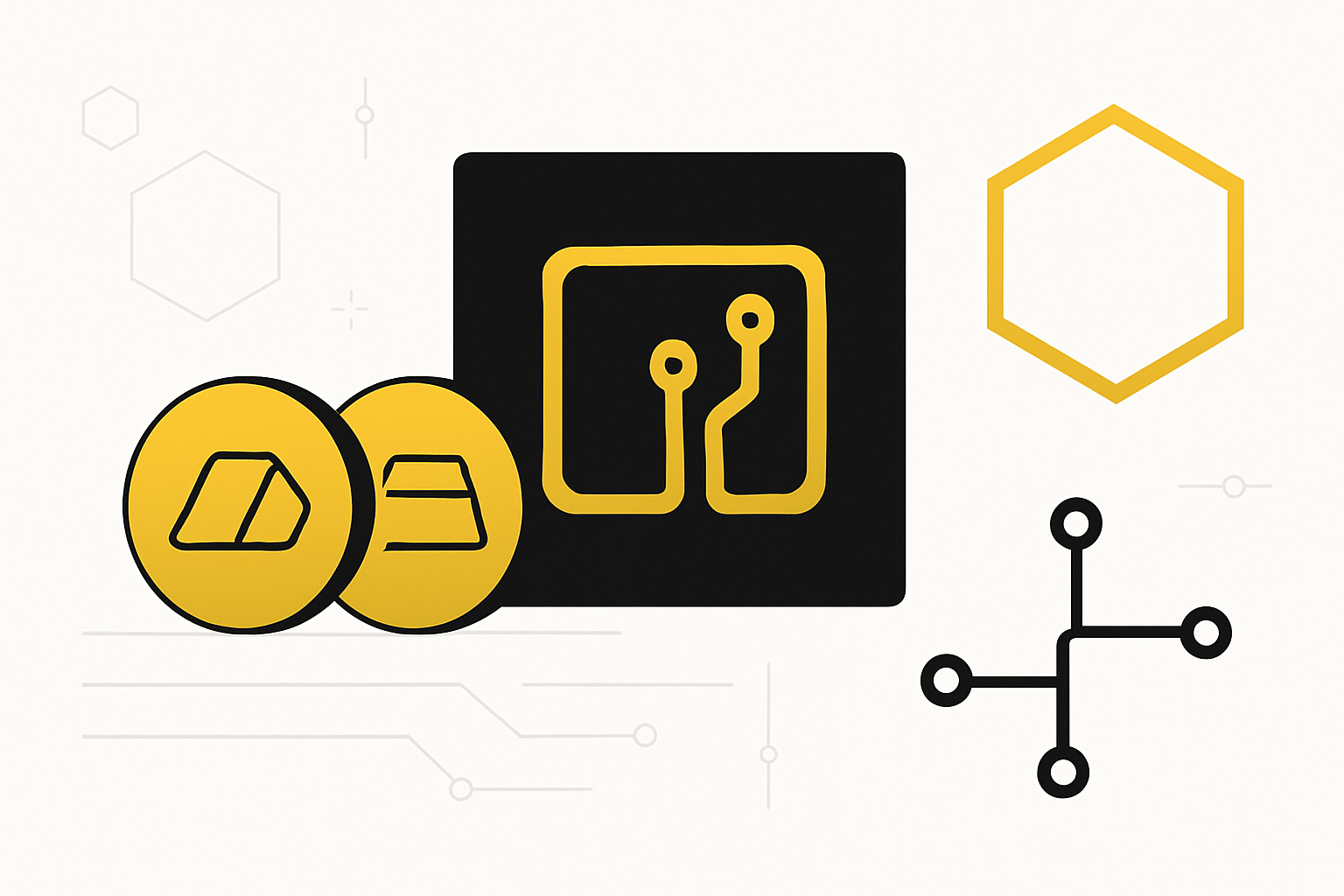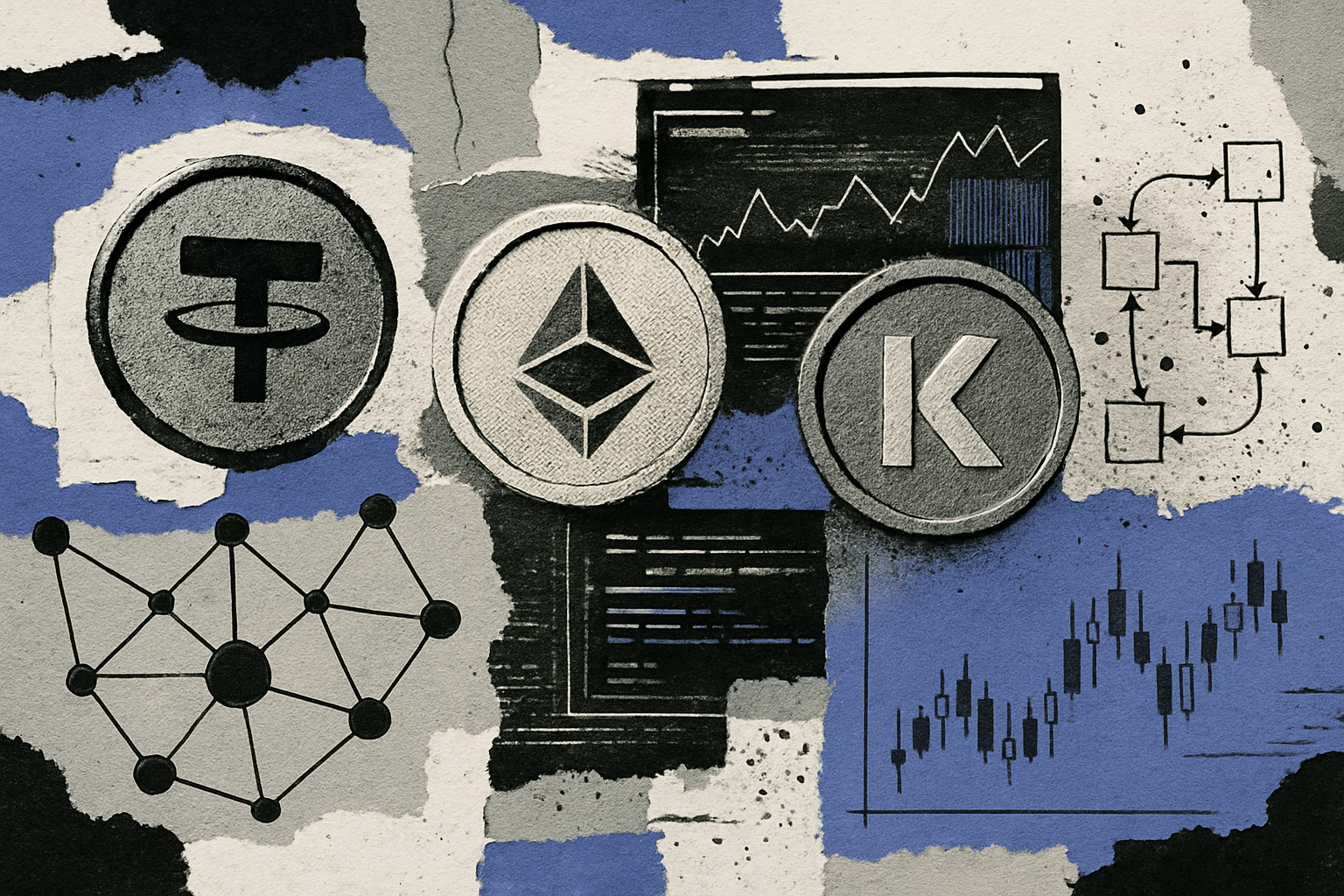Top Security Practices for Storing Tokenized Commodity Assets
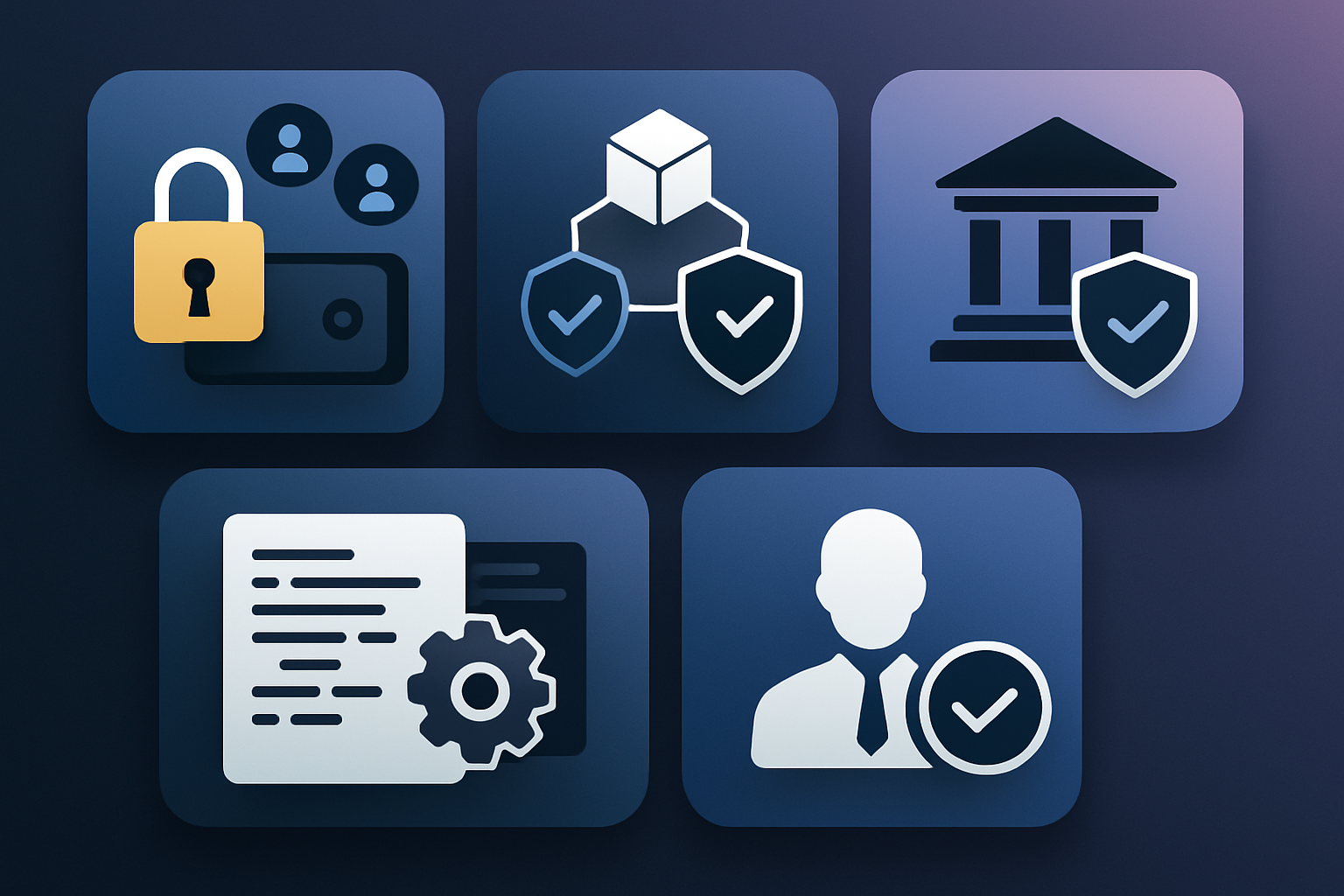
As tokenized commodities like gold, oil, and agricultural assets continue to gain traction on blockchain platforms, the security of these digital representations becomes paramount. Investors and institutions alike are seeking best-in-class practices to safeguard their tokenized commodity assets against evolving cyber threats, unauthorized access, and regulatory pitfalls. Below, we break down the top five security strategies that every participant in the commodity token ecosystem should implement to ensure robust protection and long-term asset integrity.
1. Utilize Multi-Signature and Cold Wallet Storage Solutions
Secure storage forms the backbone of any effective tokenized commodity security policy. Multi-signature (multi-sig) wallets require multiple parties to approve transactions before they are executed, drastically reducing the risk of a single point of failure or insider compromise. This model is especially critical for institutional investors managing high-value assets such as tokenized gold or oil.
Complementing multi-sig wallets with cold storage solutions – where private keys are kept entirely offline – provides an additional layer of defense against online attacks. Industry leaders recommend a hybrid approach: operational balances in multi-sig hot wallets for liquidity needs, with the majority of holdings secured in cold wallets. This dual system ensures both accessibility and maximum safety for your crypto commodity reserves.
![]()
2. Leverage Decentralized Proof of Reserve Mechanisms
Transparency is non-negotiable in the world of tokenized commodities. Decentralized Proof of Reserve (PoR) mechanisms allow investors to independently verify that each digital token is backed by a real-world asset held in reserve. Platforms utilizing services like Chainlink’s PoR relay off-chain data on-chain, providing cryptographic proof that commodities such as gold bars or oil barrels are physically stored as claimed.
This not only deters fraudulent behavior but also boosts investor confidence by making reserve data tamper-resistant and auditable 24/7. For more details on how decentralized verification enhances trust in tokenization projects, see this resource from Tiamonds.
3. Engage Reputable Third-Party Custodians for Asset Backing
The physical custody of underlying commodities is a critical – yet sometimes overlooked – component of crypto asset security practices. Engaging a trusted third-party custodian ensures that every digital token is verifiably backed by its real-world counterpart held in secure facilities like vaults or warehouses.
Custodians should provide regular independent audits and transparent reporting to all stakeholders, further mitigating counterparty risk. As highlighted by industry leaders, proper custody not only secures physical assets but also aligns with regulatory requirements for asset-backed tokens.
Learn more about physical asset custody here.
Top Custodial Security Features for Tokenized Commodities
-

Utilize Multi-Signature and Cold Wallet Storage Solutions: Multi-signature wallets, such as Gnosis Safe and BitGo, require multiple approvals for transactions, significantly reducing unauthorized access risks. Cold storage solutions like Ledger and Trezor keep private keys offline, protecting assets from online threats.
-

Leverage Decentralized Proof of Reserve Mechanisms: Platforms such as Chainlink Proof of Reserve provide decentralized verification that tokenized assets are fully backed by real-world commodities. This ensures transparency and trust by enabling on-chain, real-time audits of reserves.
-

Implement Robust Smart Contract Audits and Upgrades: Regular security audits by established firms like ConsenSys Diligence and Trail of Bits help identify vulnerabilities in smart contracts. Ongoing upgrades and patching are essential to maintain asset security and compliance.
-

Adhere to Regulatory Compliance and KYC/AML Protocols: Platforms such as Chainalysis and Trulioo offer robust KYC/AML solutions, ensuring compliance with global regulations. This protects both platforms and investors from legal and financial risks associated with tokenized commodities.
4. Implement Robust Smart Contract Audits and Upgrades
The smart contracts powering commodity tokens must be bulletproof against exploits and bugs. Regular third-party audits by specialized blockchain security firms help identify vulnerabilities before they can be exploited by malicious actors. Additionally, establishing upgrade pathways in smart contracts allows project teams to patch vulnerabilities rapidly without disrupting user balances or operations.
This proactive approach has become standard among leading platforms issuing tokenized assets; it not only protects users but also demonstrates operational maturity to regulators and institutional partners.
Continuous monitoring and timely upgrades are essential as new threats emerge and blockchain standards evolve. By scheduling recurring code reviews and leveraging automated vulnerability scanners, platforms can quickly adapt to the dynamic risk landscape. For a deeper dive into the best practices for safeguarding tokenized assets through smart contract diligence, review this analysis from Tiamonds.
5. Adhere to Regulatory Compliance and KYC/AML Protocols
As regulatory scrutiny intensifies, strict adherence to compliance frameworks is not just a legal obligation but a fundamental security measure. Tokenized commodity issuers must implement Know Your Customer (KYC) and Anti-Money Laundering (AML) protocols at every stage of user onboarding and asset transfer. These checks help prevent illicit activity, reduce counterparty risk, and foster trust with both regulators and investors.
Partnering with legal experts ensures that token issuance, trading, and custody align with the latest regional and international standards. This includes maintaining transparent records of asset provenance, transaction history, and beneficial ownership, key requirements for sustainable growth in the digital commodities sector.
Key Takeaways for Investors
The intersection of traditional commodities and blockchain technology brings unprecedented opportunities, but also unique risks. By implementing these five security pillars, multi-signature cold storage, decentralized proof of reserve, reputable custodianship, ongoing smart contract audits, and rigorous compliance, investors can confidently participate in this emerging market while minimizing exposure to fraud or loss.
Numbers tell the story: platforms that follow these practices not only outperform on security metrics but also attract more institutional capital thanks to increased transparency and reliability.
Top 5 Security Practices for Tokenized Commodity Assets
-

Utilize Multi-Signature and Cold Wallet Storage Solutions: Protect tokenized commodity assets by storing them in multi-signature wallets (such as Gnosis Safe) and cold storage solutions (like Ledger or Trezor). These methods reduce the risk of unauthorized access and online threats by requiring multiple approvals and keeping private keys offline.
-

Leverage Decentralized Proof of Reserve Mechanisms: Use decentralized verification services such as Chainlink Proof of Reserve to ensure on-chain transparency and real-time validation that physical assets (like gold or oil) are actually backing the issued tokens.
-

Implement Robust Smart Contract Audits and Upgrades: Regularly audit smart contracts with trusted firms like ConsenSys Diligence or Halborn to identify vulnerabilities, and establish upgrade mechanisms to address emerging threats and maintain security best practices.
-

Adhere to Regulatory Compliance and KYC/AML Protocols: Ensure compliance with KYC and AML regulations using established providers such as Chainalysis or Trulioo, safeguarding both your platform and users from legal and financial risks.
The rapid evolution of tokenized commodity markets demands vigilance from all participants. Stay informed about new threats, evolving standards, and innovative custody solutions by regularly engaging with trusted industry sources. As always, prioritize strong governance frameworks alongside cutting-edge technical safeguards for long-term success in crypto asset management.



